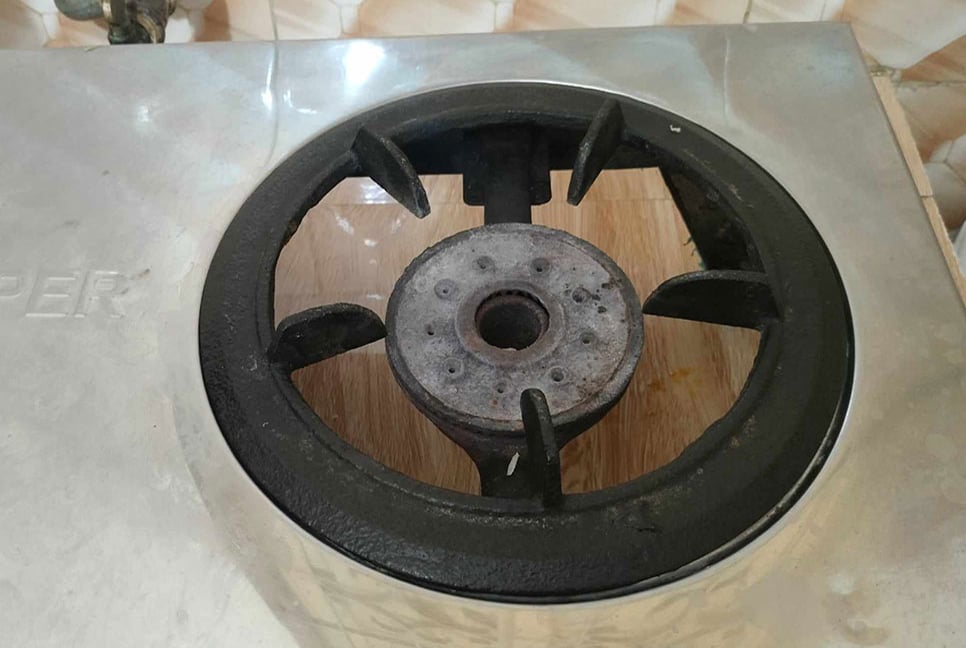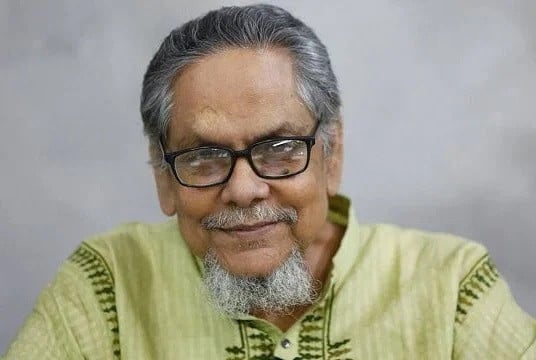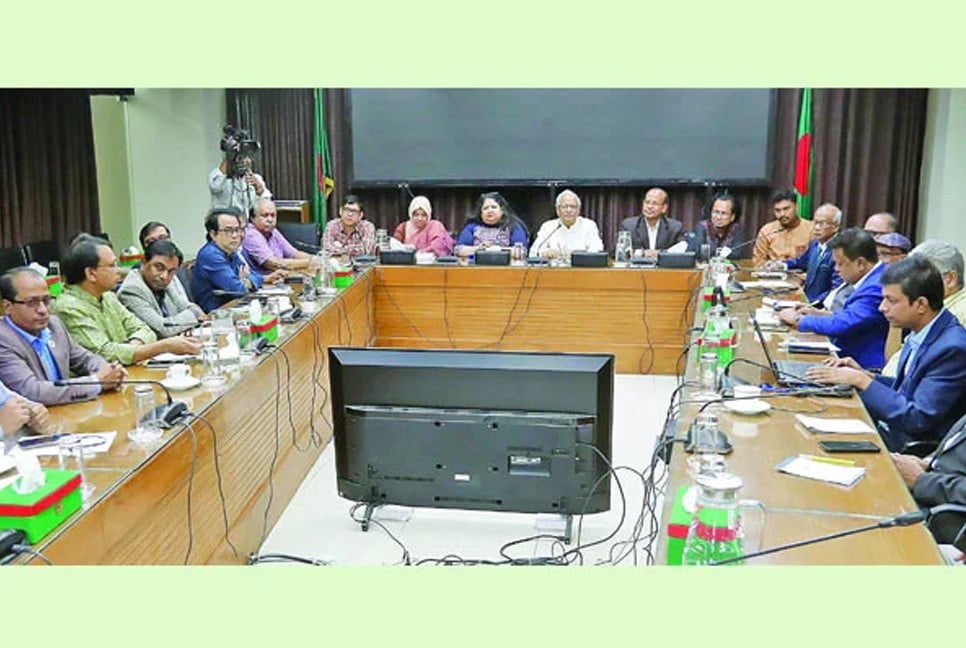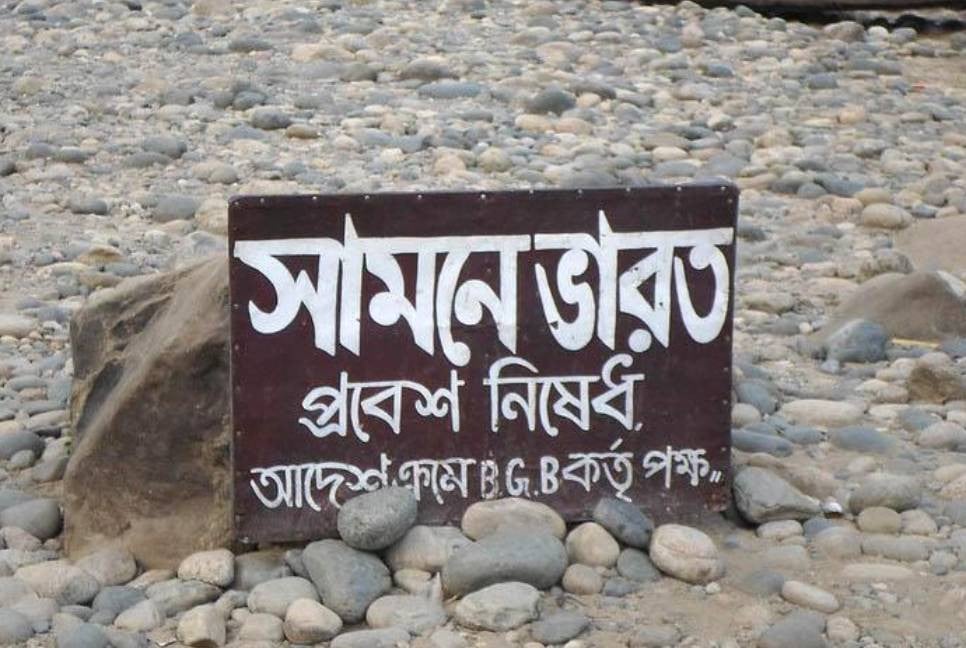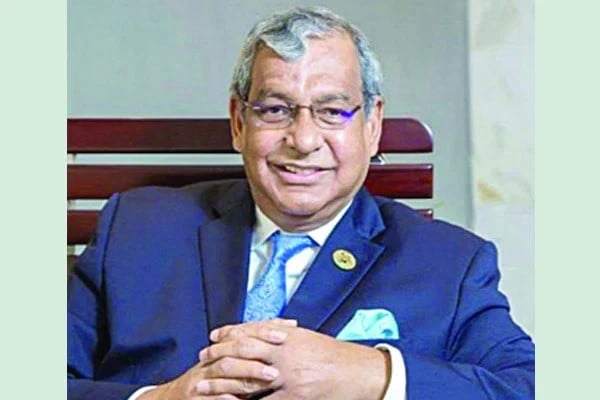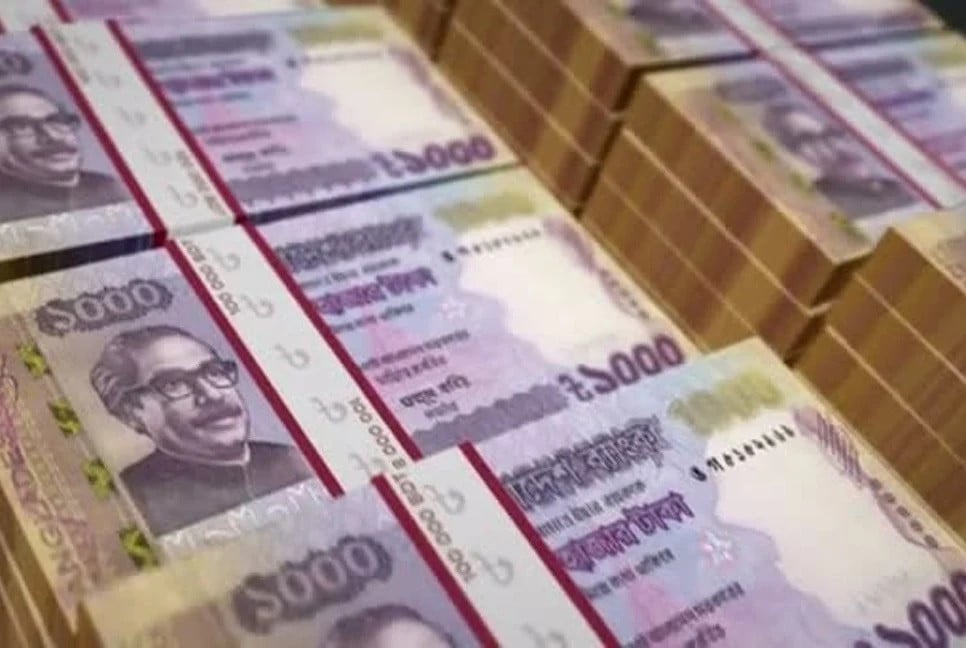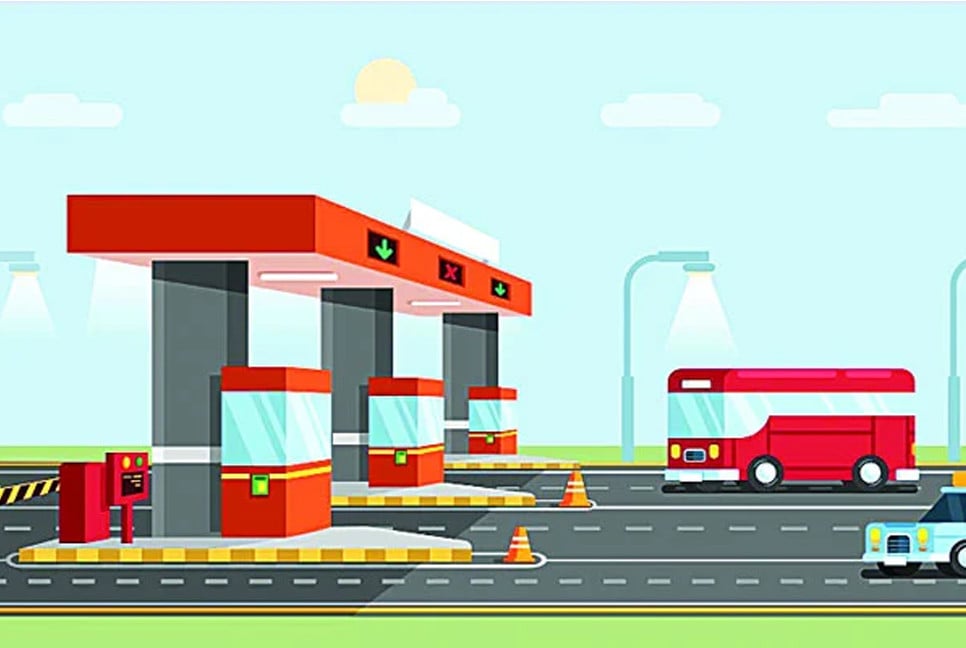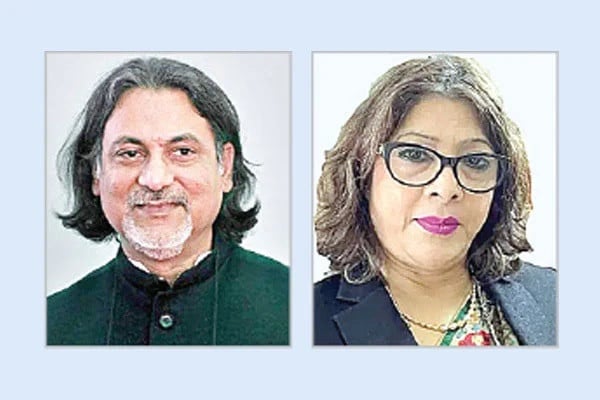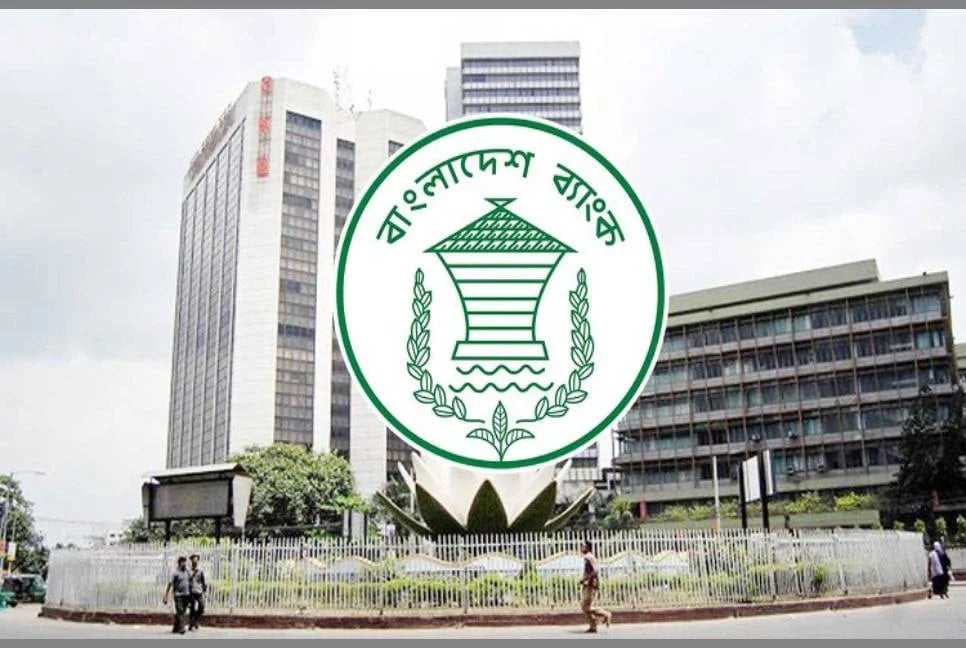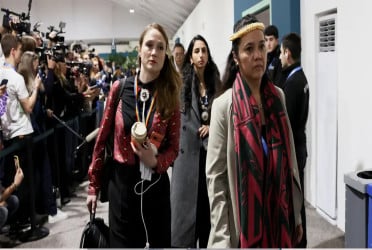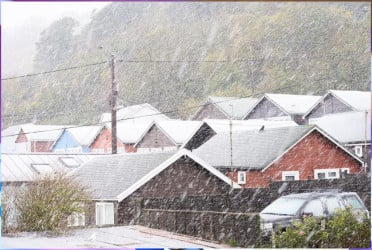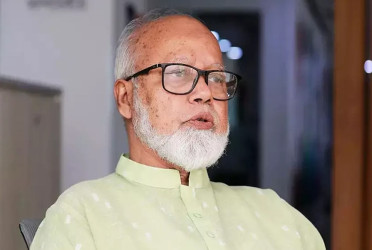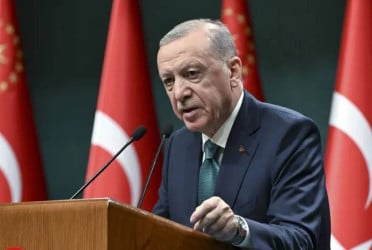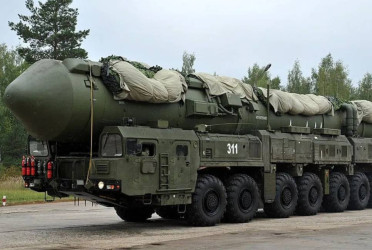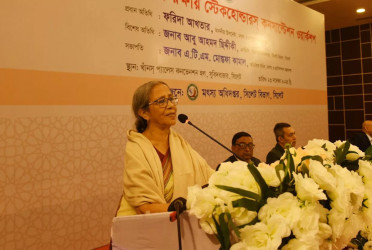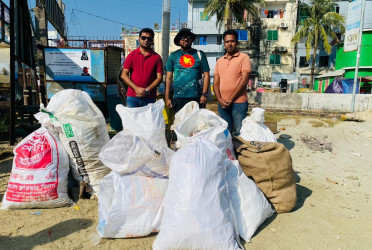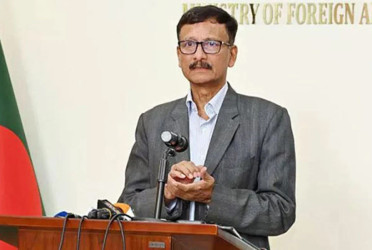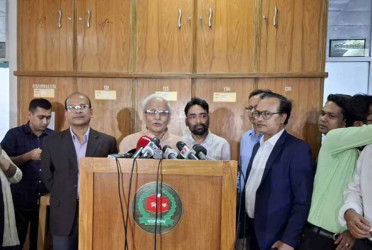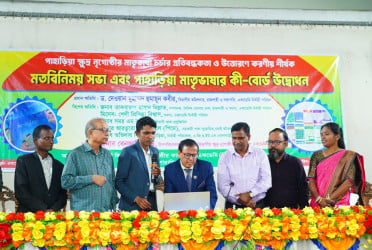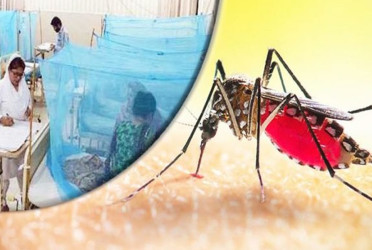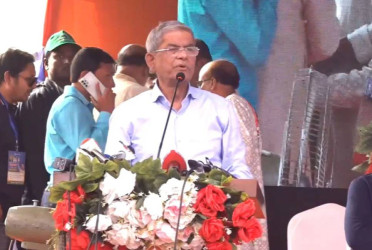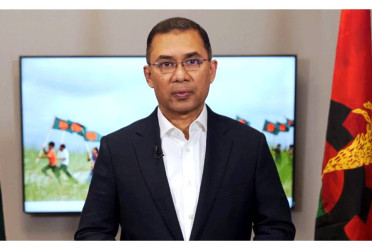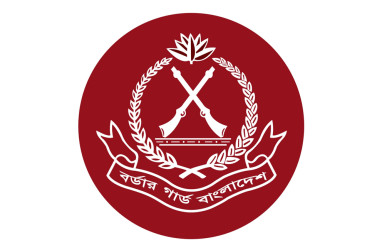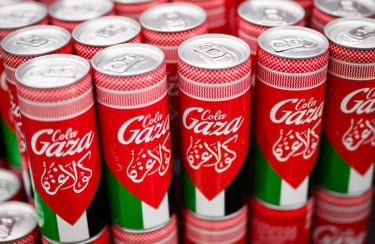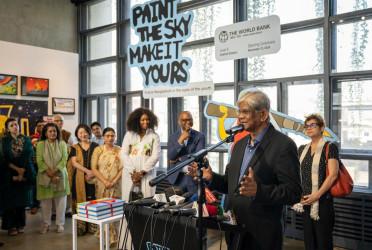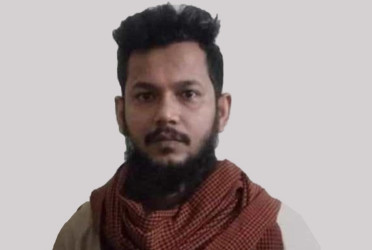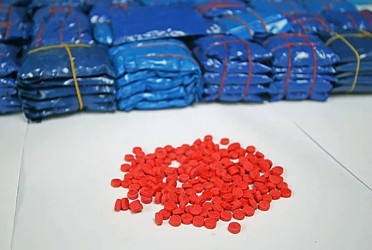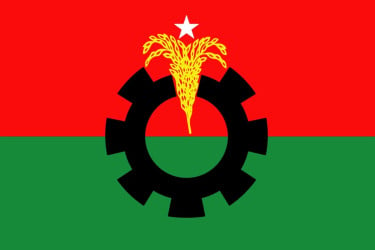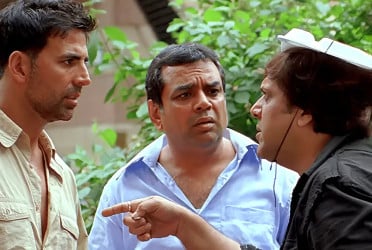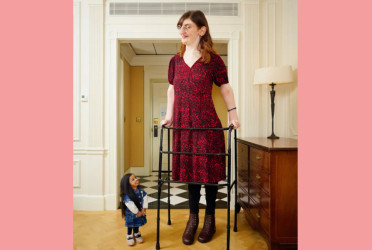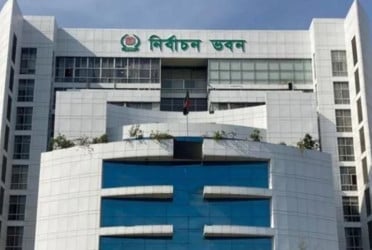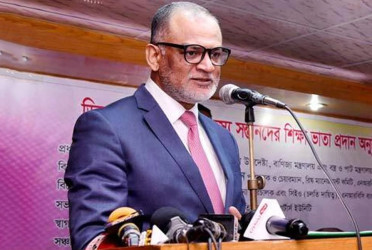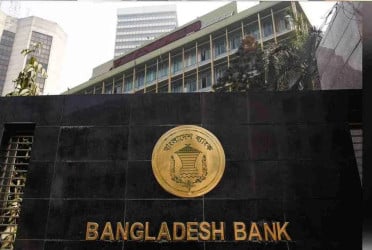The crisis of gas is one of the chronic problems of the Dhaka dwellers. The crisis becomes sufferings as the winter approaches. The sufferings have become severe as the supply of gas reduces. The kitchen stove is not working in most of the residential areas of the city due to scarcity of gas.
Let alone the matter of cooking, the Dhaka dwellers are unable to heat the water for bathing purpose. Long queen is visible outside the CNG stations as its very tough now to get sufficient gases for the vehicles. Even the industrial factories in and outskirt of Dhaka has been suffering from this problem.
According to the sources, severe gas crisis is going on in the capital and outskirt of Dhaka. The main reason behind it was the lowest gas supply by Petrobangla in last one decade. As the gases in the pipelines are becoming frozen due to increasing intensity of the cold, the crisis has become more severe.
The daily demand of gas in the country is now 420 crore cubic feet. The Petrobangla alone is supplying 255 crore cubic feet. So, the deficiency is of about 165 cubic feet. In addition, the gas production in the local gas fields has been decreasing. 50 crore cubic feet are coming from the liquid natural gas or LNG. However, between two LNG terminals, one is closed for two months and the crisis has been intensified.
Titas Gas Transmission and Distribution Company General Manager (Operation Division) Engineer Md. Salim Mia told The Bangladesh Pratidin, “This situation has arisen due to the cold weather and low supply of gas. Currently, the supply of gas is less than the demand of the customers. This crisis has arisen due to low production of gas.”
The officials also said that the LNG terminal, which is closed for repairs, may be operational soon. Then if the supply of gas increases, the crisis will be reduced a little. However, the ongoing crisis will not be resolved if the production of gas is not increased. Again the irrigation season is ahead. At that time, the demand for electricity will increase. Hence, additional gas will be given to the power plants. That is why the gas crisis is less likely to be solved soon.
Ali Asgar, a resident of Jatrabari in the capital, has been suffering from gas shortage for two months. The severity of the winter increases his suffering now to the extreme. This customer of Titas Gas said, “Now I am not getting even the little gas that was available before. During daytime, there is no gas pressure. However, the gas comes in the middle of the night, and then my wife cooks more food with it.”
Kaniz Siddika, a resident of Moghbazar, has also been suffering from gas shortage for several days. She said, "In winter, hot water is needed to bathe the child, but due to lack of gas, I am unable to light the fire in the stove at home. Even we, the adults, couldn't shower for days in a row. Cooking is the next thing.”
The suffering of Shafiq Ahmed, a resident of Banshri, is extreme. He said, “Gas pressure is so low that it is difficult to light the stove. We live in a house with some friends. Since there was no gas, I ate at the hotel for several days.”
There are reports of gas shortage from different areas of the capital like Mirpur, Dhanmondi, Uttara, Rampura and Old Dhaka. Household customers are spending their days using clay stoves, wood burning stoves and electric stoves as these stoves don’t need gas. But they have to suffer a lot due to winter. Hotel-restaurant owners, however, are using gas cylinders.
CNG pumps, however, now give pause in supplying gas for five hours from 6 pm to 11 pm. But now that the pressure has eased, the customer's suffering has increased. Long quene of cars outside CNG stations is visible. Malibagh CNG driver Omar Farooq said, "The pumps are saying that the gas pressure is low. So, we’re getting only half of the required gas. Earlier, one had to take gas from one station, but now we have to take gas from different stations multiple times.
The gas crisis has also affected the industries. The industries around Dhaka are suffering from gas shortage. The production of the factory is stopped in most of the hours of a day.
(The report was published on print and online versions of The Bangladesh Pratidin on January 16 and rewritten in English by Lutful Hoque Khan)

